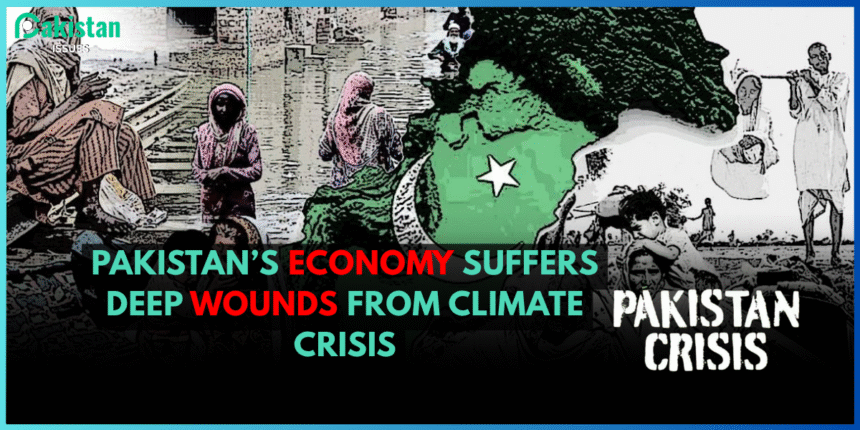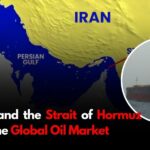Climate change isn’t a forecast anymore — it’s already here, and Pakistan is paying the price. While global powers debate emissions and targets, Pakistan is living through the consequences, and it’s showing up in its economy, one disaster at a time.
The 2022 floods weren’t just severe — they were catastrophic. Homes washed away, fields drowned, and key infrastructure collapsed under the weight of it all. But beyond the visible destruction, there was another crisis unfolding: a financial one. Damage worth billions, supply chains disrupted, and lives uprooted — all in a matter of weeks.
Pakistan’s economy is tied closely to its land. Agriculture feeds families, drives exports, and supports industries. But erratic weather patterns, failing monsoons, and rising temperatures are slowly choking the sector. When crops fail, it’s not just the farmer who suffers — entire markets feel the shock.
And this isn’t a one-off issue. Each season brings new uncertainties. Winters aren’t cold enough. Summers come earlier. Rain arrives late or not at all. Water, once a resource taken for granted, has become a daily worry. In rural communities, bore wells run dry. In cities, flooding becomes routine. Every shift in the climate ripples through the economy.
Add to that a fragile infrastructure and limited resilience planning. Roads collapse. Drainage fails. Entire towns are left cut off after heavy rains. And every repair drains more from national reserves.
Pakistan contributes less than 1% to global emissions. Yet, it stands among the countries most at risk. It’s a cruel irony — paying the cost for a crisis it didn’t cause. And while climate funds are discussed at international forums, very little actually trickles down to countries like Pakistan where it’s needed most.
Economists and climate scientists have warned repeatedly: without adaptation and preparedness, the damage will only deepen. But responses remain slow. Development budgets get slashed. Green initiatives lose priority. And the long-term vision gets buried under short-term political agendas.
There’s no single fix. But there is a path — smarter farming, efficient water use, renewable energy, and infrastructure built for climate realities. Pakistan doesn’t need slogans. It needs policy backed by real action.
Every flood, every drought, every heatwave now carries a cost — not just in lives but in rupees. Ignoring it won’t stop the bleeding.










